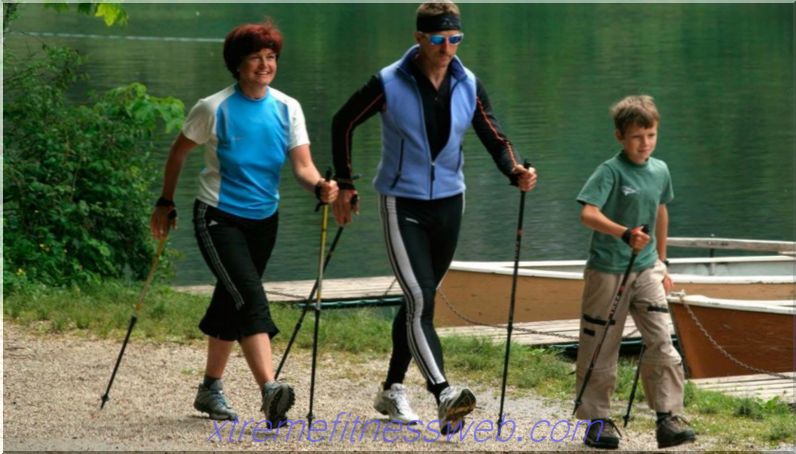
Experienced athletes who have been engaged in bodybuilding for more than one year, it is much harder to build weight. Athletes who started recently, just two lessons a week are enough and they have noticeable progress. Experienced bodybuilders, after many years of muscle loads, they are already used to various loads and somehow, as part of regular workouts, increasing their volume is very problematic. Therefore, two training sessions for experienced athletes is no longer enough, as two split and fullbadi training sessions are not enough. In this regard, for such athletes, three- or four-day splits are more suitable, otherwise it will not be possible to work out and tighten muscle groups. This article aims to inform you how to use four-day splits that show good results with an increase in muscle mass of experienced bodybuilders.
A four-day split is the next option when the three-split system no longer gives the desired results. Such a training system will allow you to load most of the muscles in 4 active exercises during the week. Among other things, they also distinguish between options for four-day training schemes for weight gain, depending on the nature of the movements. In this case, it makes sense to consider the most productive of them.
The main principles of making four-day splits

For 4 training days during the week, it is necessary to load 5 of the main and most critical muscle groups - legs, back, shoulders and arms. Since there are 5 muscle groups and only 4 workouts, one of these groups is distributed between other muscle groups, for example, arms - biceps and triceps, shoulders - front, back and middle bundles are loaded with more voluminous muscles. A four-day split per mass is formed on the basis of a seven- or eight-day period. The seven-day period prefers the following scheme - 2 + 1 + 2 + 2. In other words, classes start from 2 days of training, then 1 day of recovery, then again a couple of days of training and 2 days to recover. The eight-day cycle has the following scheme - 2 + 2 + 2 + 2.
In practice, this is the previous program, but with the addition of one additional day for rest. Simply put, for every 2 days of stress, there are 2 days to relax.
When performing exercises, as a rule, exclusively basic movements are carried out, since they have the greatest return. Each exercise is repeated 3-4 times and each time from 8 to 12 movements are performed.
Four-day weight split

Option number 1 (hands are divided into biceps and triceps)
- Day one - muscles of the chest and biceps are worked out.
- Day two - legs are trained.
- The third day is a day of rest.
- Fourth day - the back and triceps are worked out.
- Day Five - focus on the deltoid muscle load.
- Day six and seventh - rest.
Option No. 2 (deltoid muscles are distributed into bundles)
- The first day - the back and back bundles of the deltoid muscles train.
- The second training - the muscles of the chest are loaded, as well as the front and middle bundles of the deltas.
- The third day is a day of rest.
- The fourth training is the study of the legs.
- Fifth training - biceps and triceps are trained.
- The sixth day and the seventh are recovery days.

These two options are suitable for effective training and each of the athletes can choose any of the proposed ones. But this does not mean at all that there can be no other options. Each athlete should have his own training plan, taking into account his physical abilities. If it’s difficult to make a training program yourself, then you can turn to professional athletes or a trainer for help.
In the process of training, it is desirable to carry out such movements:
- For legs - squats with a barbell, leg press, deadlift, extension and flexion in the simulators, lifting on the socks for the legs standing and sitting.
- For the back - pull-ups, rod pull in the slope, pull of the upper and lower blocks in the simulator, dumbbell pull in the slope, hyperextension.
- For nursing - press the barbell and dumbbells on a horizontal and inclined benches, breeding dumbbells on a bench or arms in the simulator, crossover, pullover for the chest.
- For deltas - standing barbell press, sitting dumbbell bench press, pull of the barbell to the chin with a wide grip, swings with dumbbells in the slope and standing, lifting dumbbells in front of you.
- For the hands - push-ups on bars, a narrow-barbell bench press, French bench press, triceps extension in a simulator, tight-grip pull-ups, standing barbell lifting, hammers for biceps, concentrated biceps lifts.
Such exercises must be present in any program. Training should last no more than 1 hour, and in each training session no more than 10 different movements should be planned.
It is hoped that one of the proposed schemes of the four-day split for the mass will certainly be adopted by one of the athletes, if there is no desire to sit and think about the training program.







